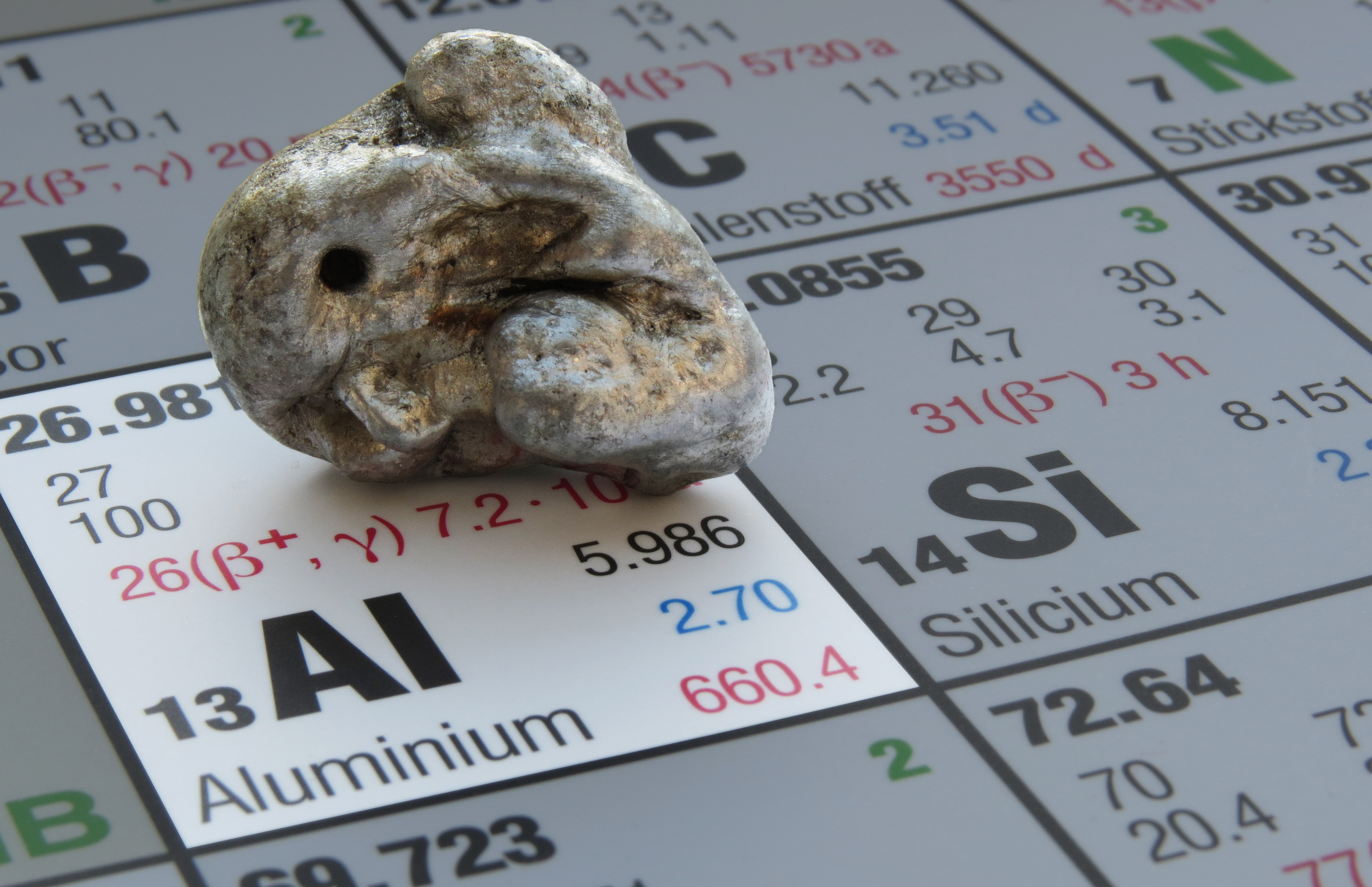Surging alumina prices cause problems for aluminium producers
News Analysis

31
Oct
2024
Surging alumina prices cause problems for aluminium producers
Supply constraints and high demand have pushed alumina prices to historic highs over US$600/t - and the price rises are forecast to continue
Since Q2 2024, alumina prices have significantly risen due to supply-demand changes in both the upstream and downstream, highlighting the interlinkages along the bauxite-alumina-aluminium supply chain. Alumina is the intermediary product between bauxite, the main aluminium ore, and primary aluminium production.
The alumina market has undergone restructuring because of supply chain disruptions and China’s unprecedented alumina demand for aluminium production. The Indonesian export ban implemented on raw bauxite ores in June 2023 removed ~2Mt of ore from the market which limited feedstock availability. Subsequently, in December 2023, a fuel explosion at the Kalum oil depot in Guinea led to delays in bauxite exports. This incident exacerbated supply constraints caused by the flooding of open pits during Guinea’s rainy season earlier in September. As a result of these activities, bauxite and alumina prices increased by 2% and 10%, respectively.
Additional pressure on the alumina supply chain resulted from operational changes and challenges in Australia. In May 2024, Alcoa announced plans to cease output at its Kwinana refinery by the end of the year, removing ~10% of the country’s alumina supply. Additionally, Rio Tinto declared force majeure on alumina exports from its Queensland and Yarwun refineries due to gas shortages after a pipeline fire. This resulted in alumina prices rising by 79% y-o-y to US$620/t in October 2024. These supply shortages have led to new alumina refineries being built in China, which is the largest alumina and aluminium producer.
Increased demand from Chinese aluminium producers is anticipated to keep alumina prices elevated for the remainder of 2024 and into Q1 2025. The aluminium industry is a high energy consumer which affects pricing, and rising alumina prices are also increasing costs within the industry, as alumina constitutes approximately 30% of aluminium production costs. Consequently, this contributes to the cost-push inflation for downstream sectors such as in the automotive and construction industries. These two largest consumers of aluminium may balance a demand for aluminium products with substitutes, if increased costs cannot be transferred onwards to end consumers.